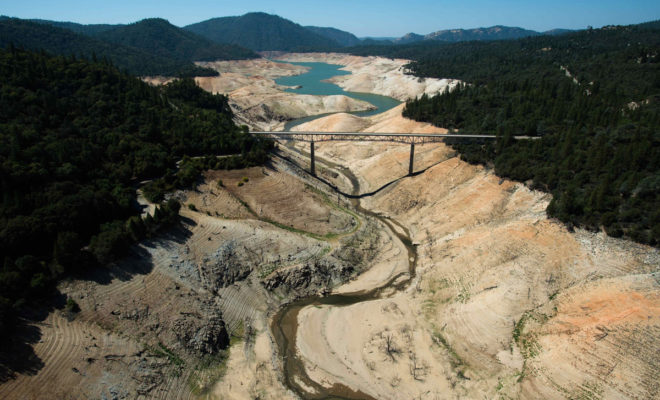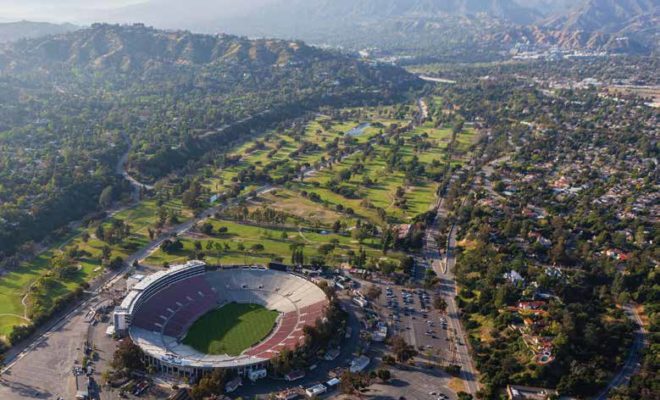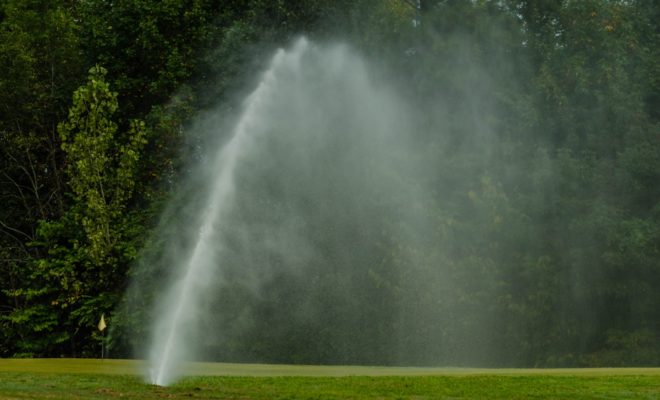Drought? Megadrought?: Where do we stand and what does it mean for Southern California’s golf courses?

Okay, so the snowpack this year was above average, and the rainfall in Northern California was above average. The rainfall in Southern California was below average, but well above drought levels. The northern reservoirs are brimming over. The southern reservoirs are doing much better than last year but nowhere near capacity. All of the above did little to replenish depleted groundwater reserves, and while we know a lot more about the El Niño phenomenon, the prognosticators are talking about a La Niña next year.
Now what?
We’re still in a technical state of emergency, and the State Water Resources Control Board (SWRCB) is still issuing conservation orders from Sacramento. But the new orders amount to an entirely new model moving forward, one that returns California water management back to the local agencies most attuned to the supply and demand rhythms of their customers and the long-term prospects of their agencies.
Let’s call it emergency “lite,” a protocol that keeps the state in position to again issue mandates from on high should this new model fall short or we slide back into drought next year.
The “new model” replaces the state-developed standards with locally-developed conservation standards based on each agency’s specific circumstances. Each individual urban water supplier is required to “self-certify” the level of available water supplies they have, assuming three additional dry years and the level of conservation necessary to assure adequate supply over that time. Suppliers facing a shortage after a third dry year are required to comply with a conservation standard equal to the amount of that shortage.
With respect to how the untreated water from the Colorado River that flows to 40 golf courses in the east side of the Coachella Valley is to be treated, the new model is definitive. If a supplier provides untreated water to some of its customers, as the Coachella Valley Water District does to 40 golf courses today, that water is to be considered a “source of supply.”
With respect to how groundwater is to be treated, the answer is not entirely clear. Under the old regime groundwater users were required to extract no more than 75 percent of the water they extracted in 2013; however, there was no enforcement mechanism for that requirement other than a “by-complaint” system in which the accused operator had the burden of proving that its current usage was 25 percent less than its 2013 usage — the honor system as it were; otherwise known as a de facto unenforceable protocol, albeit one that provides an incentive to keep groundwater-irrigated courses managed in such a way as to not invite scrutiny.
My understanding of the new order is that a groundwater restriction is not part of the new conservation mandates. In its stead, SWRCB and the California Department of Water Resources (DWR) are going to adopt a set of specific guidelines that the new Groundwater Sustainability Agencies (GSAs) are to follow in adopting the Groundwater Sustainability Plans (GSAs) required of them under the 2014 Groundwater Sustainability Act.
Because we are at the very dawn of that process, the practical reality is that with the adoption these new emergency conservation orders, there is no specific mandate upon groundwater extraction until such time as specific restrictions have been incorporated into any of the GSPs, a process that is highly local in scope and amenable to the “stakeholder advisory process” enshrined in the 2014 Act and available to any golf course affected thereby. The five Ventura County golf courses in the one GSA up and running in Southern California are already actively engaged.
Bottom line of all this detail: Conservation policy is being returned to the local level, where the region’s various “golf and water task forces” have forged solid relationships, the regulators understand the details, and rational policy is the likely outcome. No more 36 percent conservation mandates where supply is abundant and 8percent mandates where supply is scarce. We muddled through the irrationality well; we’ll fare even better under “emergency lite.”











